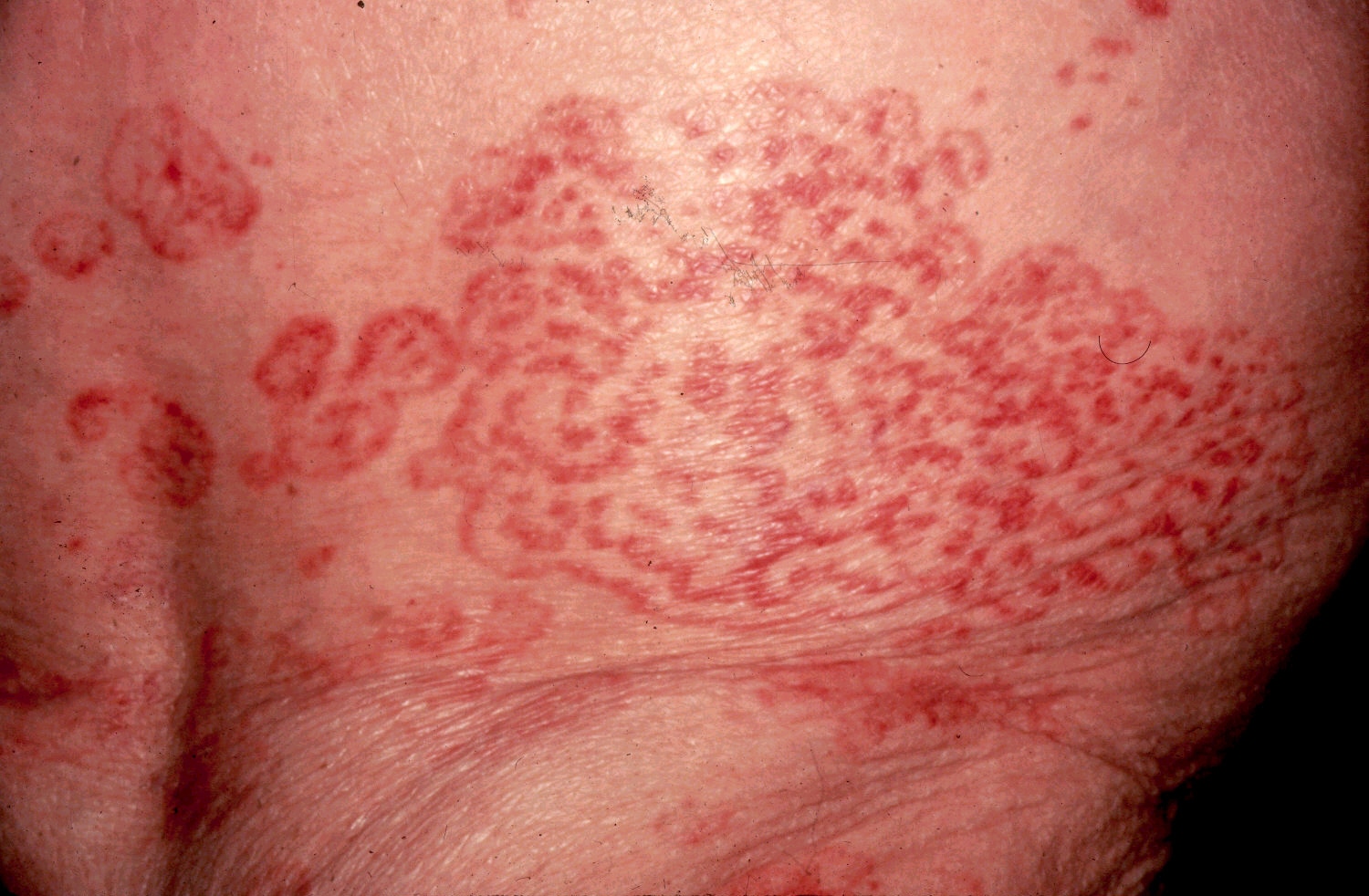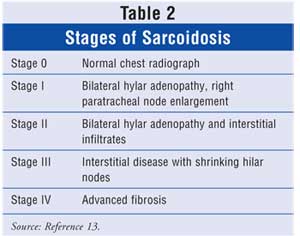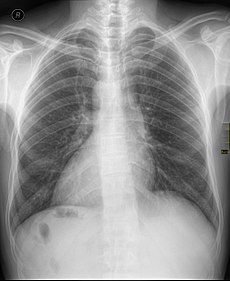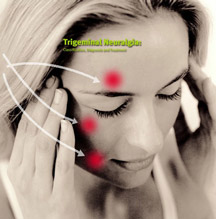- commonly used as a coolant and preservative and is found in polishes and detergents
- ethylene glycol poisoning often exhibits three distinct clinical phases after ingestion due to toxic metabolites glycolate, glyoxalate and oxalate
- first 12 hours - CNS effect predominate, patient appears intoxicated
- 12-24 hours - cardiopulmonary effect predominate, tachycardia, tachypnea and raised BP are common
- 24-72 hours - renal effects predominate
- hypocalcemia may result from precipitation of calcium oxalate in tissues and may be severe enough to cause tetany and typical ECG changes
- high anion gap metabolic acidosis
- treatment: gastric lavage within 1 hour of ingestion
- inhibit metabolism with intravenous ethanol (competitive inhibitor of alcohol dehydrogenase). Ethanol requires treatment on the ITU because of risk of respiratory depression
- fomepizole is an alternative treatment, being more potent than ethanol but generally more expensive











